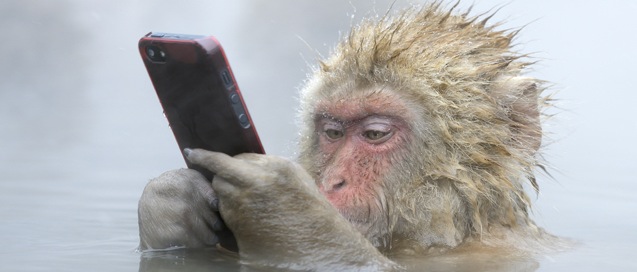Found in male and female forms, humans live in colonies, have concealed ovulation and almost no pheromones (Think about that), long gestation times, and high survival rates. They hide their stools. They walk on hind legs and have a capacity to learn language. They specialize food jobs by sex (hunting and gathering), deceive group members about status, practice monogamy but are opportunistic for adultery and polygamy, prefer meat but eat anything, trade food (and other stuff) across the species with individuals that have different DNA, have a male form a little larger than the female form, show evidence of neoteny, have females modified to feed their DNA offspring with milk. Males mate frequently with females but females reproduce rarely, bearing one or at most two young in a year, and generally have both parents invested in the young's survival. Colonies are hierarchical with status defined for both females and males. Competition is chiefly with other members of the same species for status, males with males, females with females, as well as males with females competing with each other for mating. The head organ has grown dramatically in the last five million years, unlike other members of the ape and monkey families, but rather like the bottle-nosed dolphin which outpaced other dolphins and whales. This may be to win mating competitions with complex displays of fitness. Recent technical developments are making some of this irrelevant, perhaps making ourselves irrelevant too.
Thanks for much of this to Matt Ridley who wrote The Red Queen - Sex and the Evolution of Human Nature.

No comments:
Post a Comment